STEM, an acronym for “Science, Technology, Engineering, and Math,” is a popular term that can be heard thrown around the halls of Mountain View High School. We even have a week dedicated to STEM to encourage students to work in STEM fields. But what about the arts? While at first the arts and STEM seem unrelated, it soon becomes evident that the two are intertwined. The goal of STEM Day is to encourage students to be creative thinkers and to join these innovative fields that have more jobs than people to fill them…so shouldn’t art be included? Art fosters both creativity and innovative forms of thought, is necessary for the design involved in technology and engineering, and contains more employment opportunities than employees. On the basis of these principles, some schools and organizations have supported the idea of STEAM — STEM + Arts. However, STEAM and the arts remain much less promoted than STEM, despite the demand for creativity in innovation.
“There is something that students get within the arts that expands the mind in different ways,” David Grissom, principal of MVHS, said.
The addition of Arts to “STEM” promotes the usage of both left and right sides of the brain, bolstering innovation to its greatest heights. While we need technical thinkers to pragmatically figure out a way to achieve a certain goal or put together a certain contraption, we also need the artists to dream up the big, imaginative concepts. Both artists and engineers need each other to achieve true innovation: the meeting of creation and applicability.
“I think it is absolutely imperative that we add the arts [to STEM],” Lori Nock, visual arts teacher at MVHS, said. “The mindset in an art class is to innovate ideas. We don’t copy in the art class.”
The standard for educational art teachers at MVHS includes a strong emphasis on objectivity, observation, and innovation.
“If we don’t have art in STEM week, we are missing the number one component of technology,” Nock said. “Technology has never stayed the same; it’s always innovated.”
Additionally, art plays a big role in the aesthetic design of technology. In order for huge innovations to be applicable to the public in this day and age, they must be visually appealing. Think about the Apple brand — why do Macs and iPhones sell so well? One could argue it’s because of the products’ innovative capabilities, which is partially true, but other brands have similar features as well. The accessible, simplistic user interface and the sleek design of Apple products are really what set them apart.
Apple’s 1977 marketing philosophy, developed by Mike Markkula, labels “Impute” as one of its three principles: “People DO judge a book by its cover. We may have the best product, the highest quality, the most useful software, etc.; if we present them in a slipshod manner, they will be perceived as slipshod; if we present them in a creative, professional manner, we will impute the desired qualities.”
In addition to innovation, STEM was created to encourage students to fill the surplus of high-paying jobs available in STEM fields. Related to this, a misconception many people have is that going into the arts means eventually becoming a starving artist — but this just isn’t true. There are plenty of arts jobs available, like arts education, architecture, and art directing, that provide a steady — and even extravagant — salary.
Furthermore, there is an increasing amount of arts jobs demanded by STEM fields, such as commercial art for marketing products, industrial design, graphic design, and other technological careers that require an aesthetic eye. One such career is processor design, the vocation of designing microprocessors.
Grissom, whose wife works for Apple, points out the artistic ability required for such a position.
“Those are artists that are drawing those lines and creating those circuits,” Grissom said. “It takes that artistic mind..to function in a way that marries art and STEM.”
So, really, that’s what it comes down to: a marriage between art and STEM. Neither is more important than the other, and the two are not mutually exclusive, but rather very much intertwined. At present, our STEM education does not wholeheartedly reflect that connection. However, there is hope yet for STEAM; according to Grissom, a few MVHS teachers will be attending a STEAM Conference held by the Santa Clara County Office of Education in April, focusing on how to infuse the arts into STEM.
“Art is part of the human experience. We’ve always created,” Nock said. “If we have a STEM Day, and there is no art, then we’re missing the point.”
*As seen in our most recent print issue.

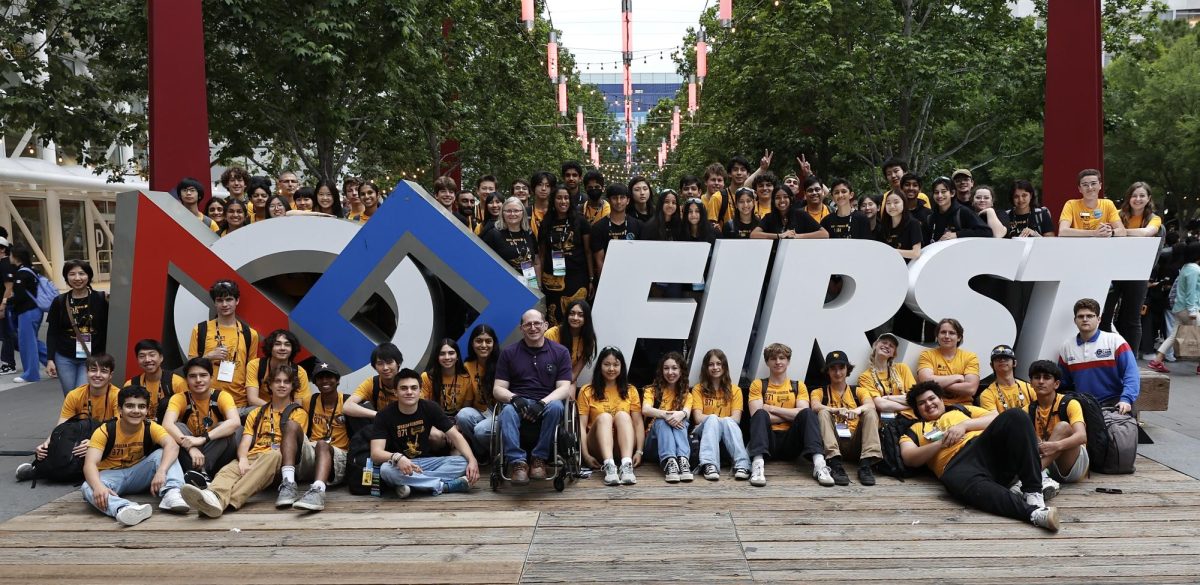

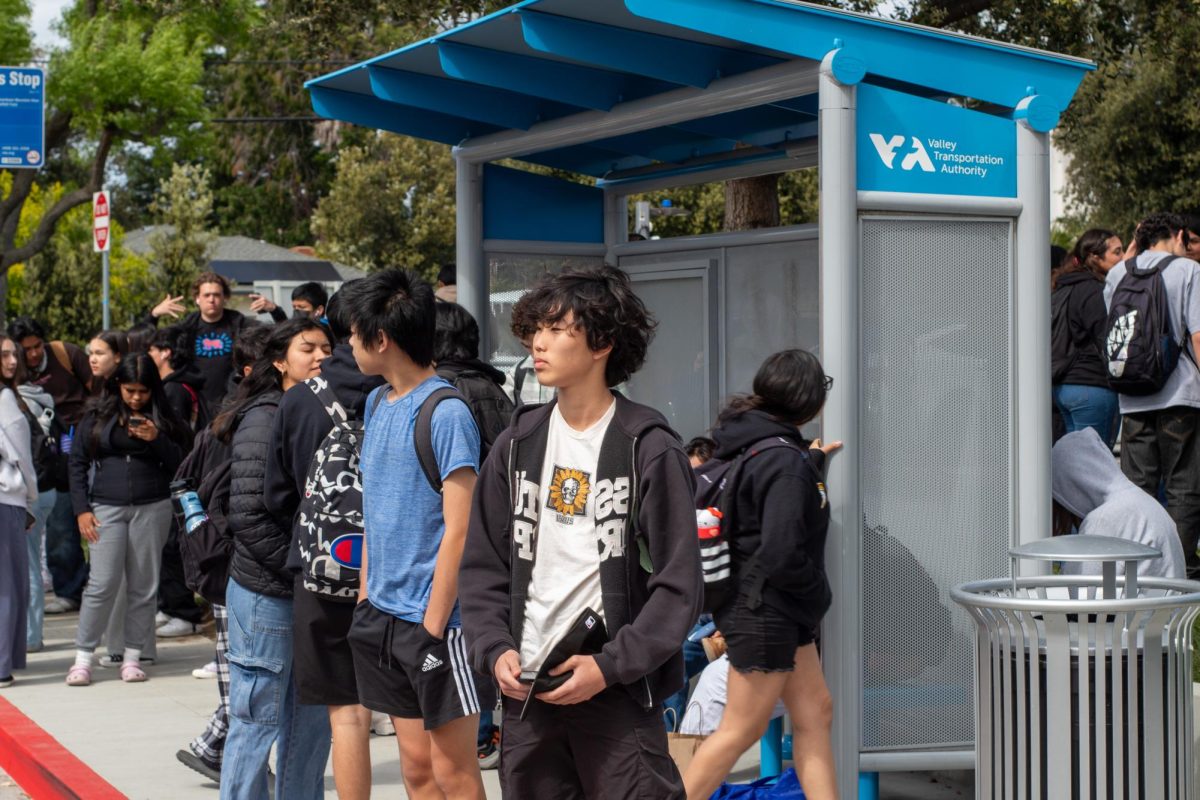



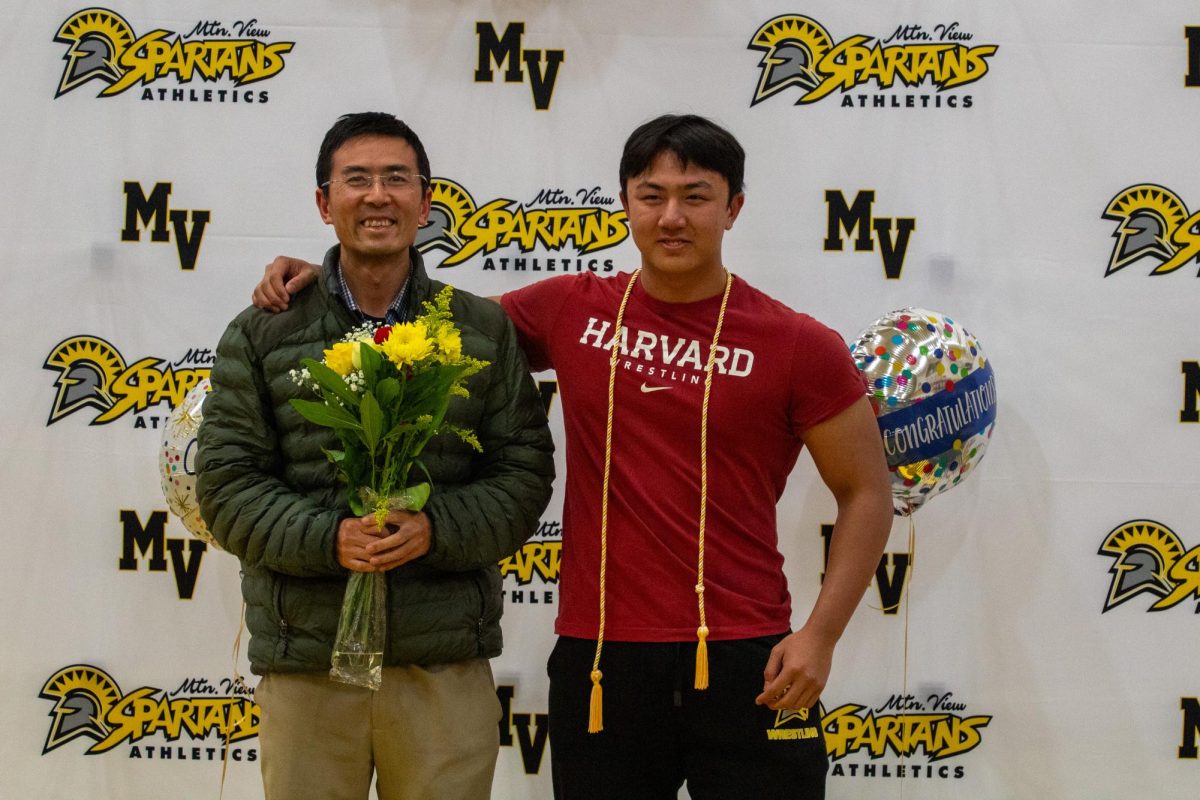



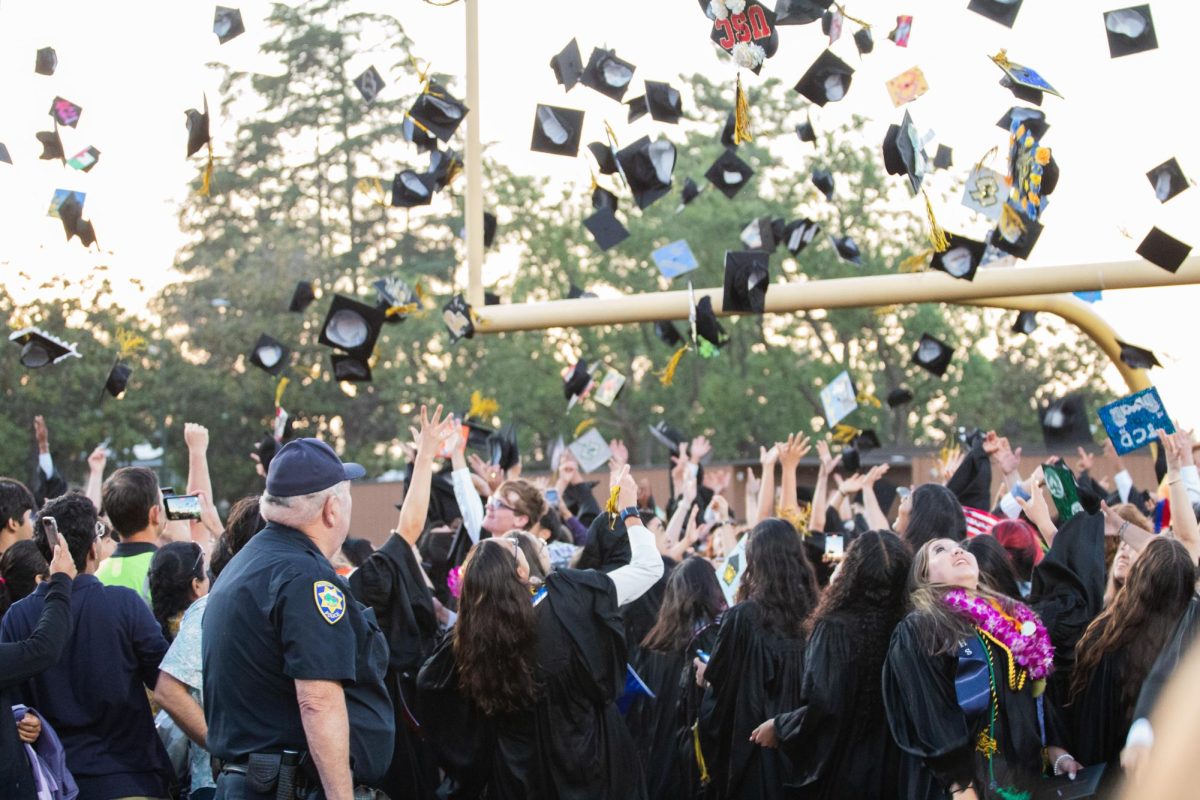




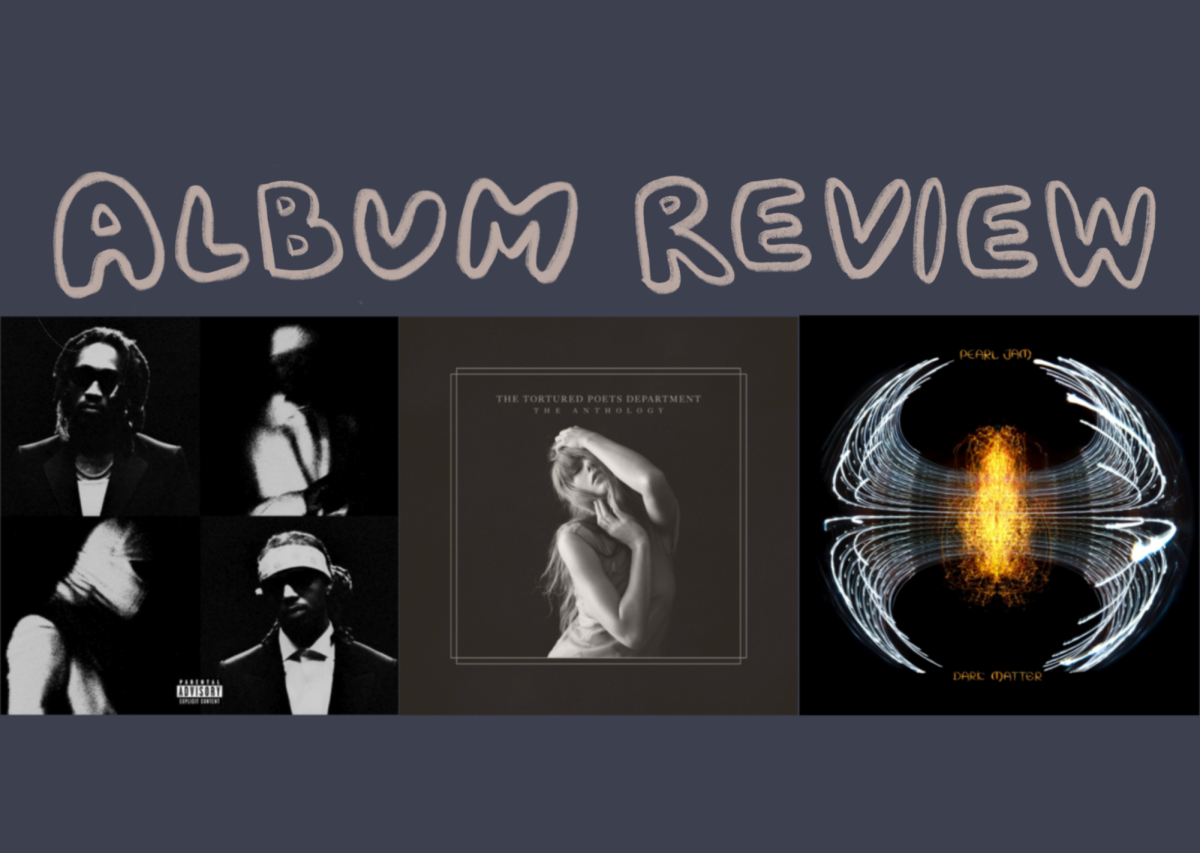
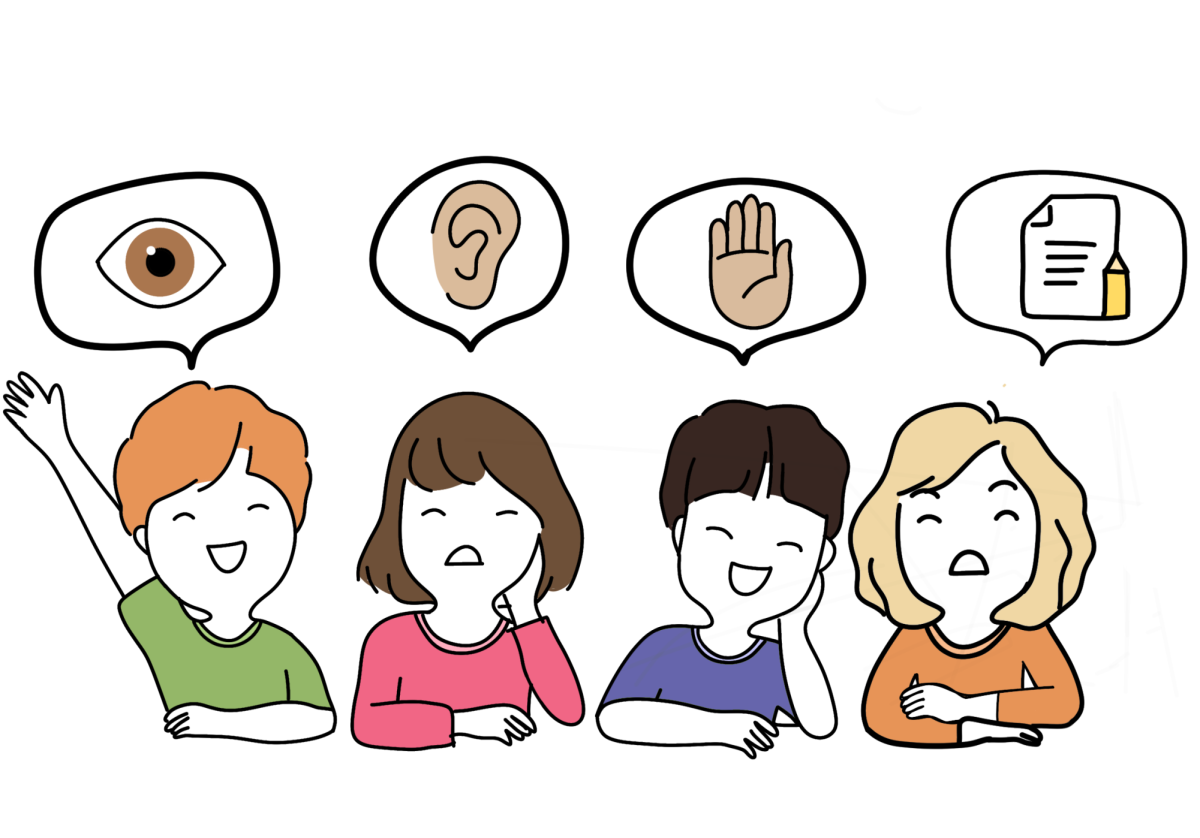




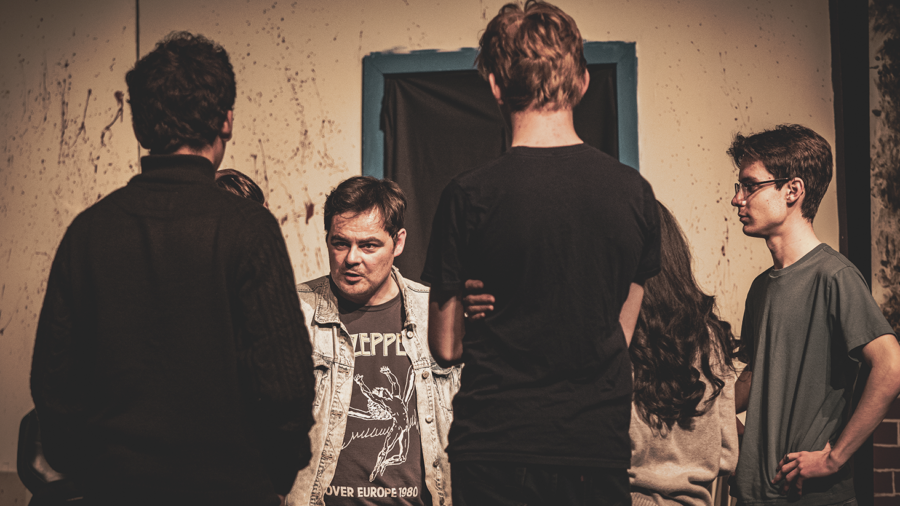


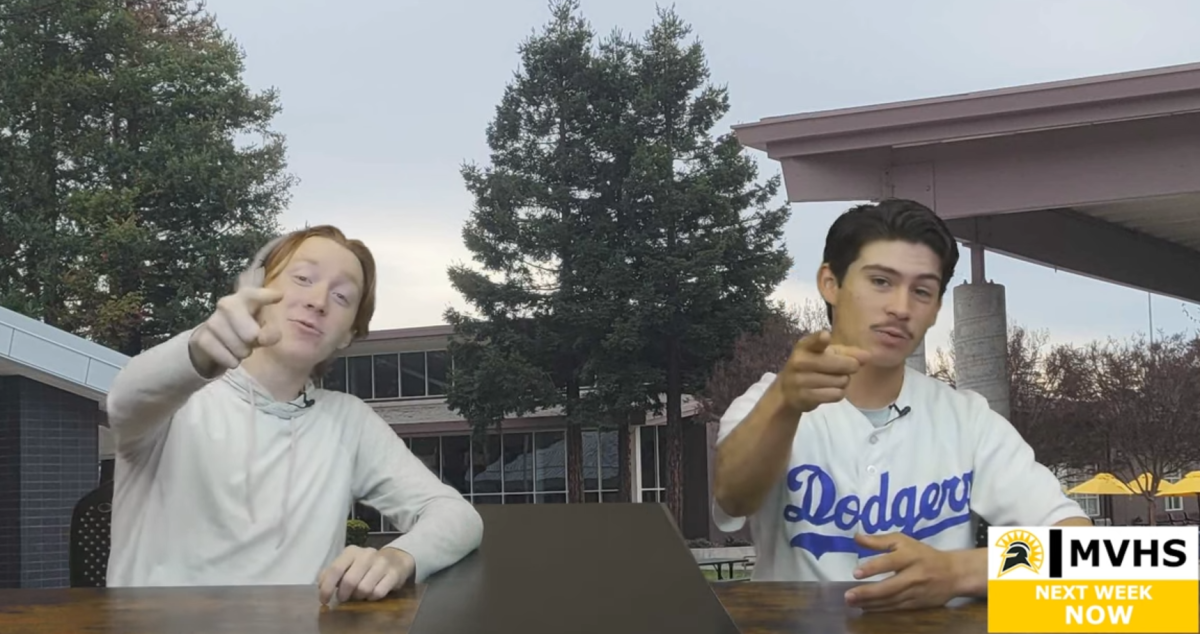


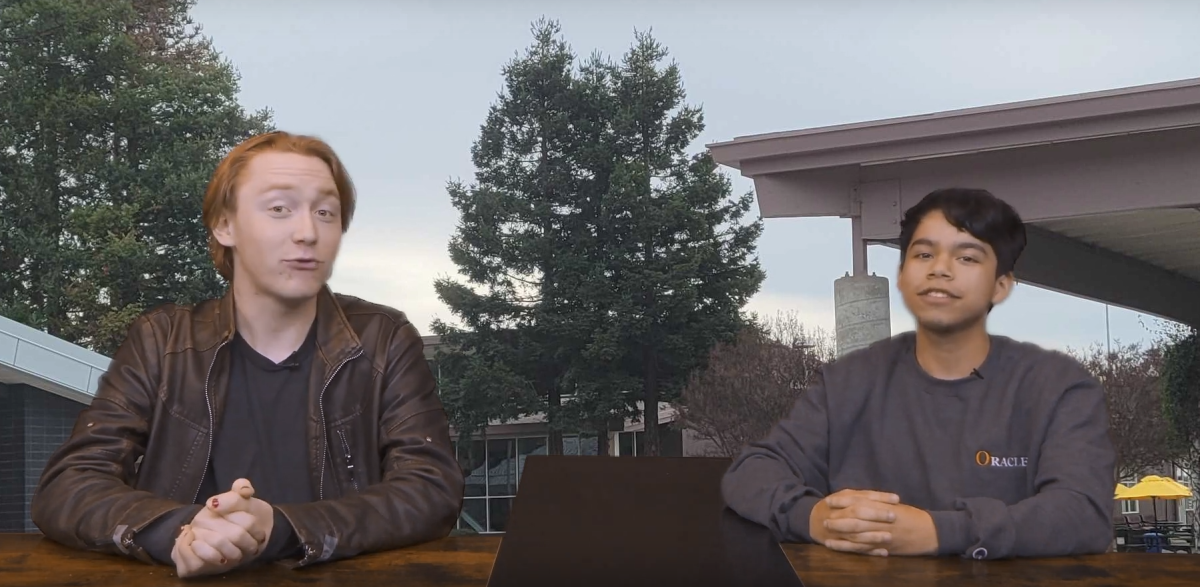




Jose Shmoe • Apr 22, 2016 at 10:00 am
Art is important and a fundamental point of human expression in society. However, I think it contradicts the purpose of STEM to add further subjects. By this logic, we should include W for Writing, since writing is such a fundamental part of communicating ideas that break new ground in technology. The whole point of STEM is to consolidate the hard science oriented fields into a singular entity of discussion. Of course other subjects have their merit and value, but it’s rather silly to add them as it would completely expand the term beyond its definition and utility in conversation.
Anonymous • Apr 24, 2016 at 6:59 pm
But muh inclusivity!!1!!1111!!!!!!
Not José Shmosé • Apr 28, 2016 at 6:06 pm
I agree that art is important and should be emphasized more in the classroom, but including it in the science defeats the point of segregating STEM. The better option is not to include arts in STEM but rather to treat the separate but equally in accordance to Brown v Board. The discussion should be either to dismantle STEM or promote the arts more not put art into STEM
Jose Shmoe • May 26, 2016 at 8:36 pm
Are you seriously comparing my argument to actual segregation? That’d be laughable if it weren’t disgusting.
“to treat the separate but equally in accordance to Brown v Board.”
Um, Brown v Board of Education of Topeka actually ruled against segregation. Maybe you should do some homework before you make mediocre analogies.
STEAM king • Apr 21, 2016 at 11:43 am
This is a brilliant thought. There are so many ways that art impacts STEM. Art serves in incredible purpose in the way individuals make connections and provide though leadership. Technical minds are compelled be the pervasive Western reductionism and often fail to think about the people or environment they are serving. Art may not be everyone’s cup of tea, but understanding artistic trends and tapping into the individual’s side may help to develop connections that would be lost otherwise. Artistic vision and understanding is one of the most important ways that STEM-oriented individuals will be able to set themselves apart in a rather homogenous marketplace.
nunya • Apr 19, 2016 at 10:43 pm
lol we all know how useful arts degrees are after college xD. DOn’t encourage dat shit, n don’t try to shoehorn art into a week dedicated to practical fields, it makes STEM week a joke…